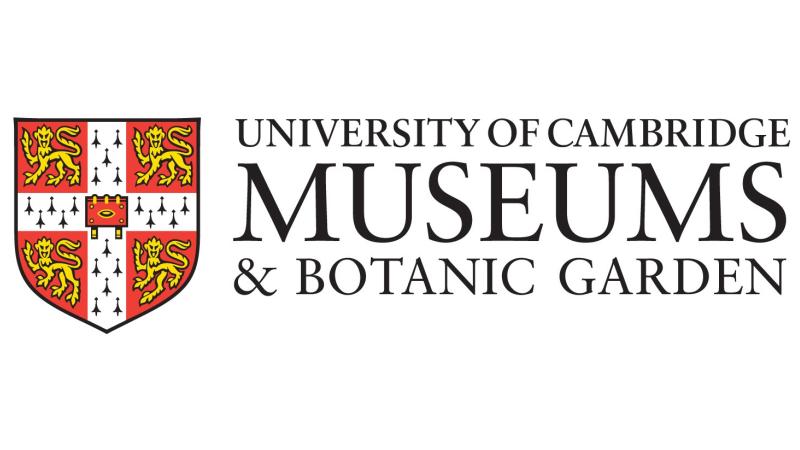'Pride in Nature' LGBTQ+ Trail

What does natural history have to do with LGBTQIA+ stories? Museums tell many stories, but what about the ones they haven't traditionally given space to?
This is a trail about…
- how queer perspectives help us better understand the natural world, by allowing us to break free of the artificial categories put in place by human social prejudices.
- how ‘science’ has actively hidden examples of same-sex sexual behaviour in animals to help uphold those prejudices.
- how there is no truth to the claim that homosexuality is ‘unnatural’.
This trail is written by queer museum staff and volunteers, based on commissioned research by LGBTQIA+ tour-pioneer Dan Vo into the stories that lay hidden amongst the collections of the University of Cambridge Museums. These stories formed the basis of volunteer-led ‘Bridging Binaries’ tours.
With thanks to The Kite Trust for their advice.
WHALE
Telling a male and female whale apart is a difficult task. To help with streamlining, the genitals of cetaceans (whales, dolphins and porpoises) are covered by protective flaps. Researchers have often relied on observations of an individual’s behaviour to decide its sex, but this can be based on assumptions of behaviour rooted in human social norms.
In mammals, including humans and cetaceans, there are many ways to be intersex. For example, whales with female external genitalia alongside male chromosomes, testes and male plumbing have been found.
Theoretical ecologist Joan Roughgarden argues that biologists have been trying to cram a huge amount of variation found in nature into overly simple binary categories. Joan is a transgender scientist and found that her transition changed her view of biology. She advocates for the work of LGBTQIA+ scientists who bring a wider perspective to the field.
Explore further and make a whale bookmark here https://museumofzoologyblog.com/2021/02/24/whale-bookmark-lgbthm/
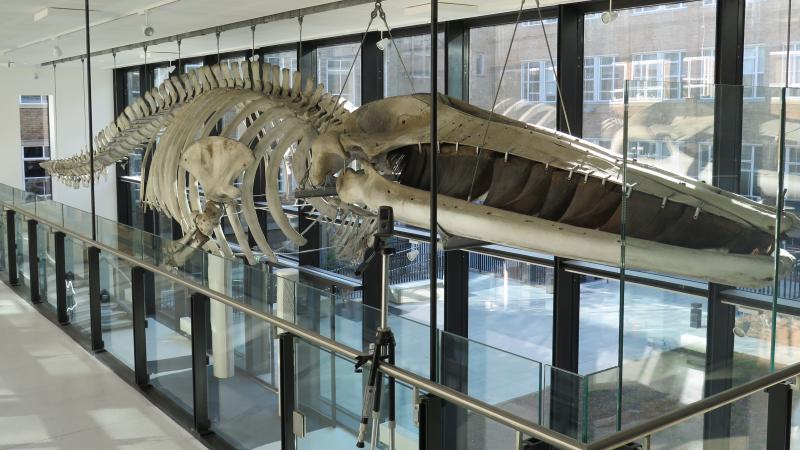
CLOWNFISH
Clownfish, specially adapted to live amid the stinging tentacles of anemones, are all born male.
An anemone will usually house a breeding pair and several juveniles, with the largest fish being the breeding female, followed by the breeding male. The smaller juveniles do not breed but benefit from the protection of the anemone and larger fish.
So where do the female fish come from? When the large breeding female is removed, the breeding male changes into a female and the largest juvenile matures into the breeding male.
There are many fish species that have the ability to change sex. You can read more about them here. https://www.bbcearth.com/news/fish-are-the-sex-switching-masters-of-the-animal-kingdom
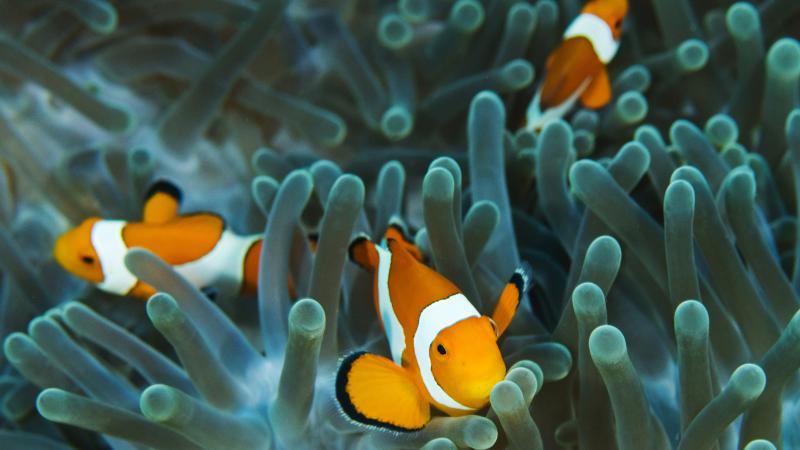
FLAMINGO
Flamingos flock together in large numbers and will pair-up each breeding season. Same-sex pairs occur in the wild and captivity, with many successfully raising chicks. Both male and female flamingos can produce crop-milk for their young, which, much like mammal milk, is high in fat and protein. Sitting on and seeing the egg hatch stimulates the production of the hormone prolactin, causing glands in the digestive tract to produce the crop milk.
Female-female pairings will gain a fertilised egg when one or both birds mate with a male, and return to lay the egg and raise it with their female partner. Male-male pairings tend to steal or ‘adopt’ the eggs of other pairs.
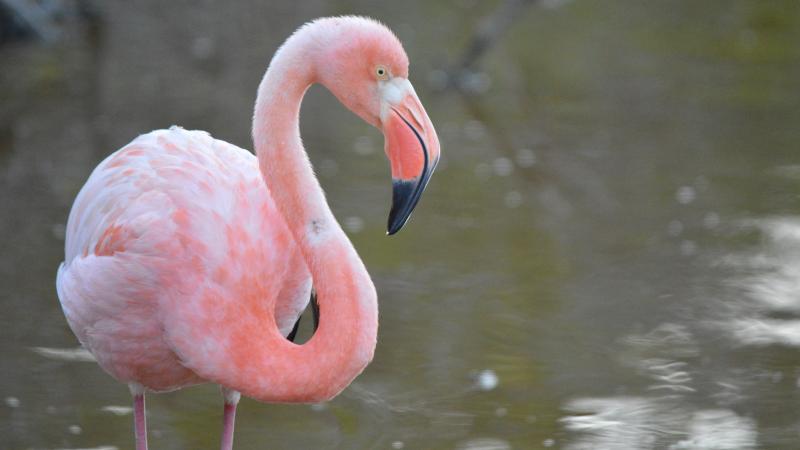
HUMMINGBIRD
In many bird species, males and females look different – the males are often colourful, while the females are often duller. However, when researching the white-necked Jacobin hummingbird in Panama, scientists found that 20% of adult females have ‘male’ feathers, but organs and chromosomes typically associated with females. These females face far less competition when feeding than other females do, and avoid bullying from males, females, and other hummingbird species. Additionally, these females will still mate with males, and lay eggs.
A parallel in humans could be those who are transgender, intersex, gender-non-conforming, or cross-dress, like drag kings and queens.
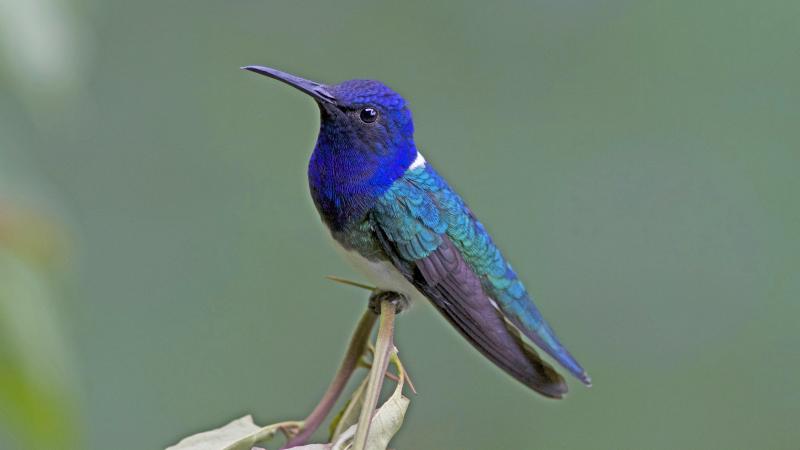
WHIPTAIL LIZARDS
Several species of whiptail lizard can reproduce through parthenogenesis: their young can develop from unfertilised eggs, without the need for sperm. Some species have done away with males altogether as a result and produce young without mating. The New Mexico whiptail, however, has earned the nickname ‘lesbian lizard’ as it is a female-only species that needs to engage in mating behaviour with another female to stimulate ovulation. Those who do not ‘mate’ do not lay eggs.
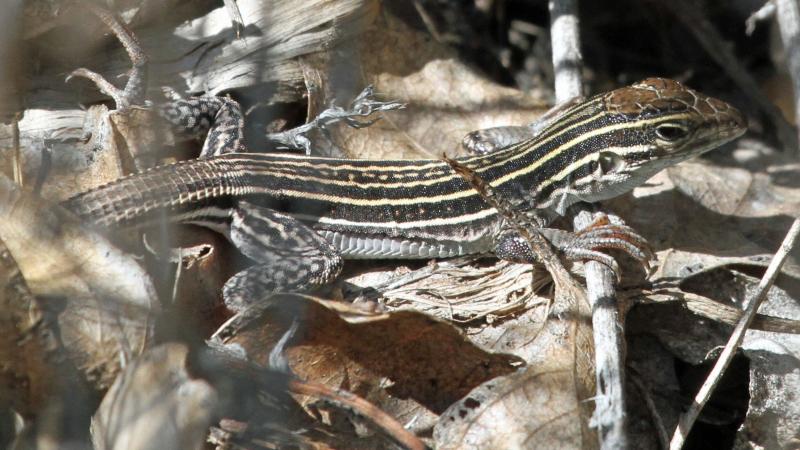
PENGUIN
Penguins are possibly the most famous animals for forming same-sex pairs, and one of the earliest documented by western science. In the 1910s, scientist George Levick noted his observations of Adélie penguins in Antarctica. Much of what he found contributed to both popular and scientific publications about penguin social lives. However, his discoveries about males having sex with each other were left out, as they were deemed too shocking.
Penguin same-sex pairs are frequently observed in the wild and captivity, including two chin-strap penguins called Roy and Silo at New York Central Park Zoo, who are central to the book And Tango Makes Three. The pair displayed all the classic pair-bonding behaviours; entwining of necks, mating behaviours, nest-building and even sitting on a rock as if it were an egg; the keepers decided to give the pair an egg. Roy and Silo cared for the egg, and raised the chick, Tango, until she was grown. The book’s authors received criticism for trying to influence children to be gay. They said they wrote the book to help parents teach children about same-sex parent families. And that it is ‘no more an argument in favour of human gay relationships than it is a call for children to swallow their fish whole or sleep on rocks’.
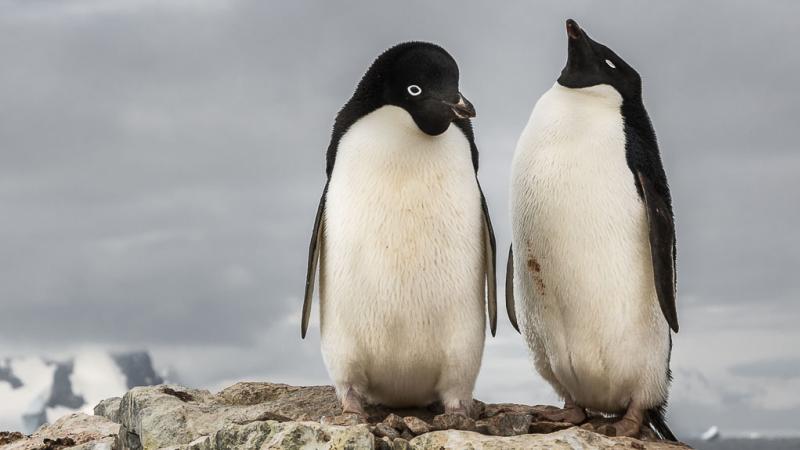
LION
Many people would assume that all male lions have manes, and females don’t. Aside from looks, there are differences in behaviour within a pride: females do most of the hunting and raising young, while males do most of the territory-defending. But there are exceptions – researchers in Botswana studied a pride with five lionesses which performed both ‘female’ and ‘male’ behaviours and had manes. We don’t know how lions define their gender roles, but it shows animals don’t always conform to our assumptions about them.
For humans, non-binary and genderqueer identities fall outside of the gender binary. They are not solely male or female.
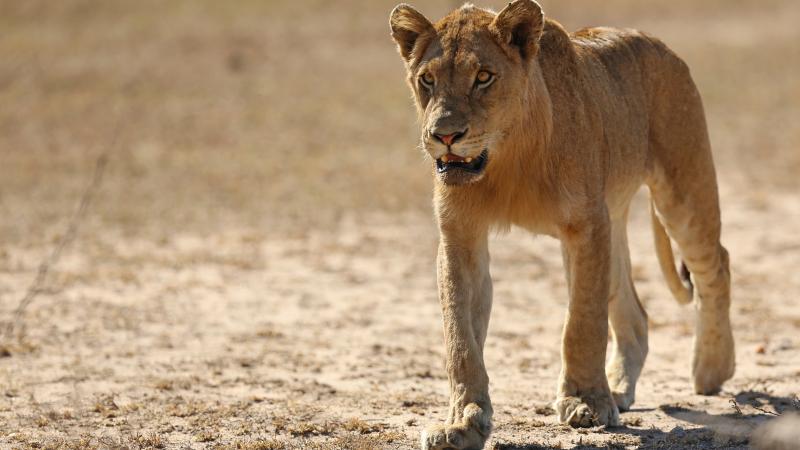
CHIMPS AND BONOBOS
Bonobos are a species of ape, closely related to chimpanzees. While they look alike, there are some key behavioural differences between the two. Chimps live in patriarchal societies, so it’s the males who are dominant, exerted through aggressive behaviour.
Bonobos, on the other hand, live in matriarchal societies, led by dominant females, without the levels of aggression found in chimps. By contrast, bonobos use sex in a similar way to how humans use a handshake. Sex plays a very important role in bonobo society – they do it with any individual, regardless of sex. It’s used to diffuse tension, avoid conflict, increase bonding, and generally keep the peace.
The term for female-female bonobo sex is ‘G-G rubbing’, and the location and shape of female bonobo genitalia is believed to have evolved for the benefit of this interaction.
These behaviours are often referred to as ‘homosexual behaviour’, but of course, this is a loaded, human term. For bonobos, these behaviours don’t define their sexual identity in any meaningful way – sex is just another part of life.
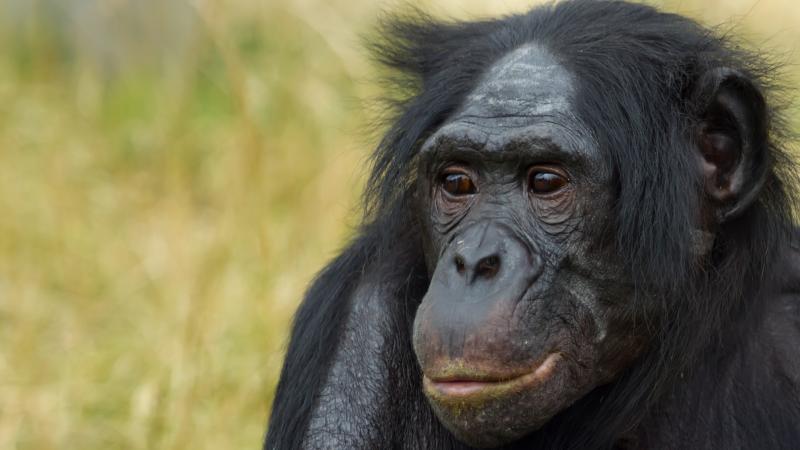
GIRAFFE
Giraffes have a reputation for being the world’s ‘gayest’ animals - over 90% of sexual behaviours take place between two males.
In the 1950s, Anne Innis Dagg became the first western scientist to study giraffes and animal behaviour in the wild in Africa. She pointed out that science has often gone out of its way to disguise evidence of same-sex sexual behaviours. Behaviours between male giraffes, like mounting, or sniffing genitals, have often been described as being about ‘dominance’, even though if the same thing took place between a male and a female it would be described as ‘sexual’. Human social biases have unhelpfully influenced how we speak about animals. In the same way, she argued against using words like ‘coy’ or ‘flirtatious’ for female animals.
Discover more and create a rainbow giraffe print here: https://museumofzoologyblog.com/2022/02/17/giraffes-celebrating-lgbtq-history-month/
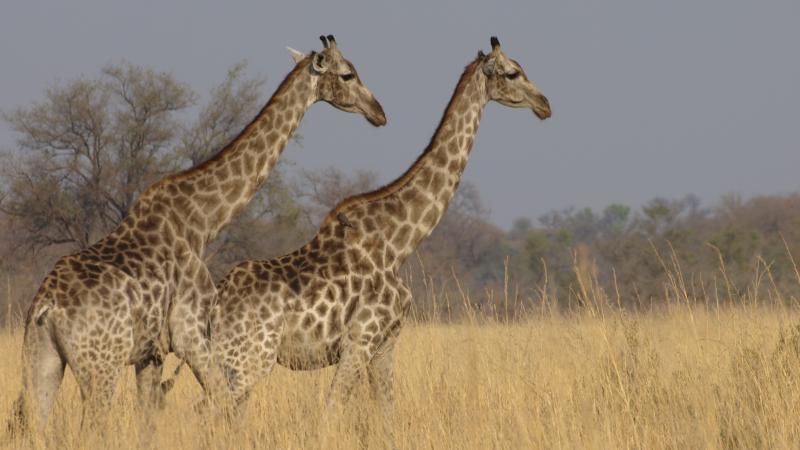
FREE Bridging Binaries tours
The best way to learn more is to book onto one of our free Bridging Binaries tours around the galleries, which are held throughout the year. Currently available dates can be found on our events page.
You can also get a taster for the tour with this virtual Bridging Binaries tour:
